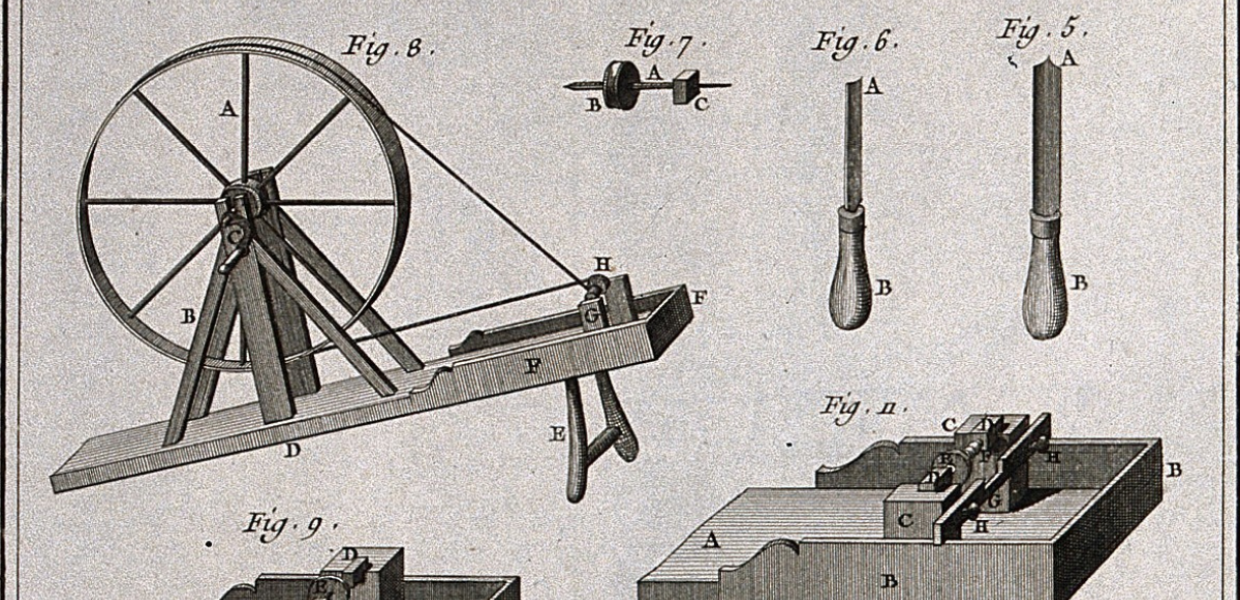Why is it important to identify copyright in collection items?
Many GLAM institutions see it as a part of their mission to make their collections accessible as widely and freely as possible. Accurately identifying the copyright status of collection items can support such a mission by ensuring that collections which are in the public domain are correctly marked, so that it’s clear that they can be freely reused.
This is particularly important as the EU Directive on Copyright in the Digital Single Market, which will have to be implemented in all EU Member States by 7 June 2021, emphasises that collections that are in the public domain remain in the public domain when made available digitally. Knowing whether something is protected by copyright or not (anymore) is therefore essential for anyone who wants to work with and share their collections in a correct and proper way.
A tool to support this process
In order to identify collection pieces in the public domain while respecting copyright protection for other items, it’s essential to know their rights status. Establishing this can be a very time-consuming task, especially when you need to approach it one piece at a time. This was a challenge that Meemoo, the Flemish Institute for Archives, aimed to address with our Public Domain Tool, which gives collection managers a helping hand in ascertaining the copyright status of pieces in their collections.
There is often lots of information available that can help to partially automate ascertaining the rights status. Consider the date of creation or the year the creator died, for example. The general rule in the European Union is that if an author of a work has died more than 70 years ago, that work is part of the Public Domain. This tool takes a chunk of manual work off your hands by intelligently combining data from a management system with information from Wikidata, giving you faster insights into the copyright status for (at least part of) your collection.
How to use the Public Domain Tool
The Public Domain Tool was developed in the second half of 2020, and a beta version was launched during Meemoo's public domain day event in Belgium on 2 February 2021. The tool is primarily intended for collection managers from professional museums, archives and heritage bodies, and can freely be used by anyone with a basic knowledge of Dutch. To use the tool:
Your starting point is always a CSV export for the part of your collection for which you want to ascertain the copyright status. The more accurate information you already have in your management system, the better the quality of the results you get from the tool.
The Public Domain Tool matches the input from your CSV file about makers of your collection pieces with items in Wikidata. The automatic calculation is based on counting the life of the author plus 70 years, and 70 years after publication in the case of anonymous works.
You then receive an enriched CSV file in your inbox.
You can approve or reject the matches presented before reloading the updated CSV file.
The tool uses the matched maker’s year of death, possibly the year of birth and the work’s date of creation to determine whether a collection piece belongs to the public domain or is copyright protected.
The tool will also add any extra information contained in your CSV file to Wikidata to improve the quality of future comparisons. It makes your work a little easier and other people’s work a little easier too! There are lots of benefits to using the Public Domain Tool: the tool gets better the more it is used, the data in Wikidata becomes richer, you link your data on Wikidata to other people’s data, and you receive CSV files back with enriched metadata that you can in turn add to your management system.
It should also be noted that other rights can come into play here alongside copyrights, such as portrait rights, which need to be taken into account.
Who are we?
Meemoo developed this tool for the Flemish Department of Culture, Youth and Media, in the framework of the strategic vision paper, ‘A Flemish cultural policy in the digital era’ (in Dutch only). Corecrew took care of the technical development and CopyClear helped us to improve the Wikidata input on the copyright status of creators from Flemish collections using bots.

